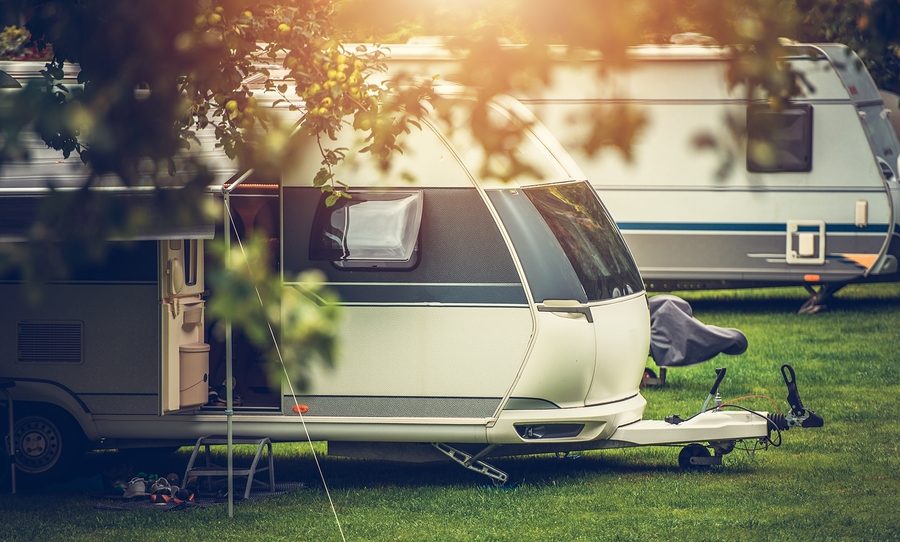A vehicle that can dinghy tow another car with a tow bar is a highly valuable asset. Not only does flat towing provide convenience, it also increases loading and unloading efficiency, saves space, and ensures balanced transportation. But before you hook your tow bar up to another car, be sure you have all the other necessary towing gear to keep you and your cargo safe. Continue reading to learn the five basic components you need to flat tow a car.

Required Equipment for Dinghy Towing
Whether you are linking up an RV or a standard 4-door sedan, you will need 5 particular towing parts in order to be legal on the road, and more importantly, safe. These five components include a tow bar, as previously mentioned, as well as, tow bar wiring, a base plate kit, safety cable set, and an add-on braking system.
❶ Tow Bar – The “Y-shaped” metal bars that connect the towing vehicle with the dinghy (vehicle being towed). Hitch locks and hitch adapters are additional tow bar components that might be needed, especially for R-mounted tow bars.
❷ Tow Bar Wiring – The lighting system that syncs the lights of the towing vehicle with the dingy vehicle. These are mandated and required by law. There are several types, from removable and hitch-mounted, to magnetic, diode, charge line, and more.
❸ Base Plate Kit – These provide the attachment connections for a tow bar. They are vehicle-specific, and must be custom matched to specifically fit the towing vehicle’s frame.
❹ Safety Cable Set – Also required by law, these are meant to prevent your dinghy from disconnecting from your towing vehicle, even if the tow bar uncouples from it.
❺ Supplementary Braking System – These are designed to decrease braking distance up to 30%, depending in the towing setup. These are mandatory by law in almost every state.
Dinghy Towing
Upon reviewing the basic principles and best practices of flat towing, you can better understand the importance and purpose of each piece of towing equipment. You see, to flat tow, or dinghy tow, a tow bar is connected to the front bumper of the towed vehicle, and then trailer lights are attached to the back bumper. Although reliable, using a tow bar to tow can become complicated since cars are meant to drive on their own power, rather than be towed on the ground. Also, transmissions are designed to be turned by the car’s engine.
But when a car is being towed on the pavement, the tires will cause the transmission to turn instead, which could possibly lead to transmission damage. On the other hand, certain vehicles, like Jeeps, are designed with a 4WD mechanism that retains a transfer case, which places the car in neutral, isolating the transmission from the wheels. It is important to always refer to the towed vehicles owners’ manual for manufacturer recommendations before setting it up for tow bar dinghy towing.
Need Towing Assistance in Central Indiana?
Call Zore’s Towing at 317-247-8484 for 24 hour roadside assistance and towing services in Indianapolis and throughout Central Indiana. We are fully-equipped with the right fleets to assist cars, trucks, motorcycles, boats, construction equipment, trailers, vans, semi-trucks, airplanes, and much more. Our friendly staff is waiting by the phones, ready to help you get back on the road, safe and sound. We operate 24 hours a day, 7 days a week, and 365 days a year, so you can always count on us. Request a free estimate, today.

